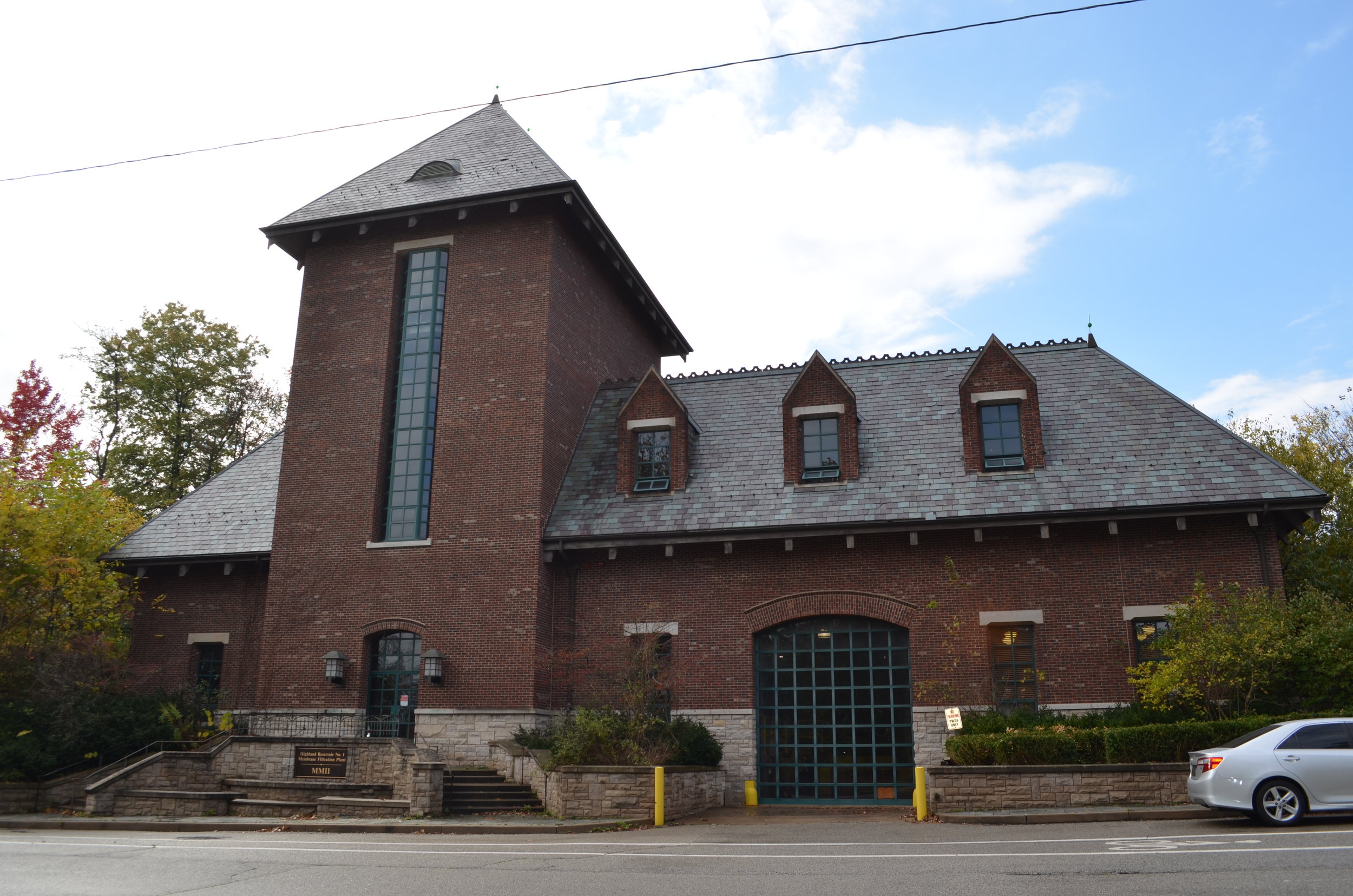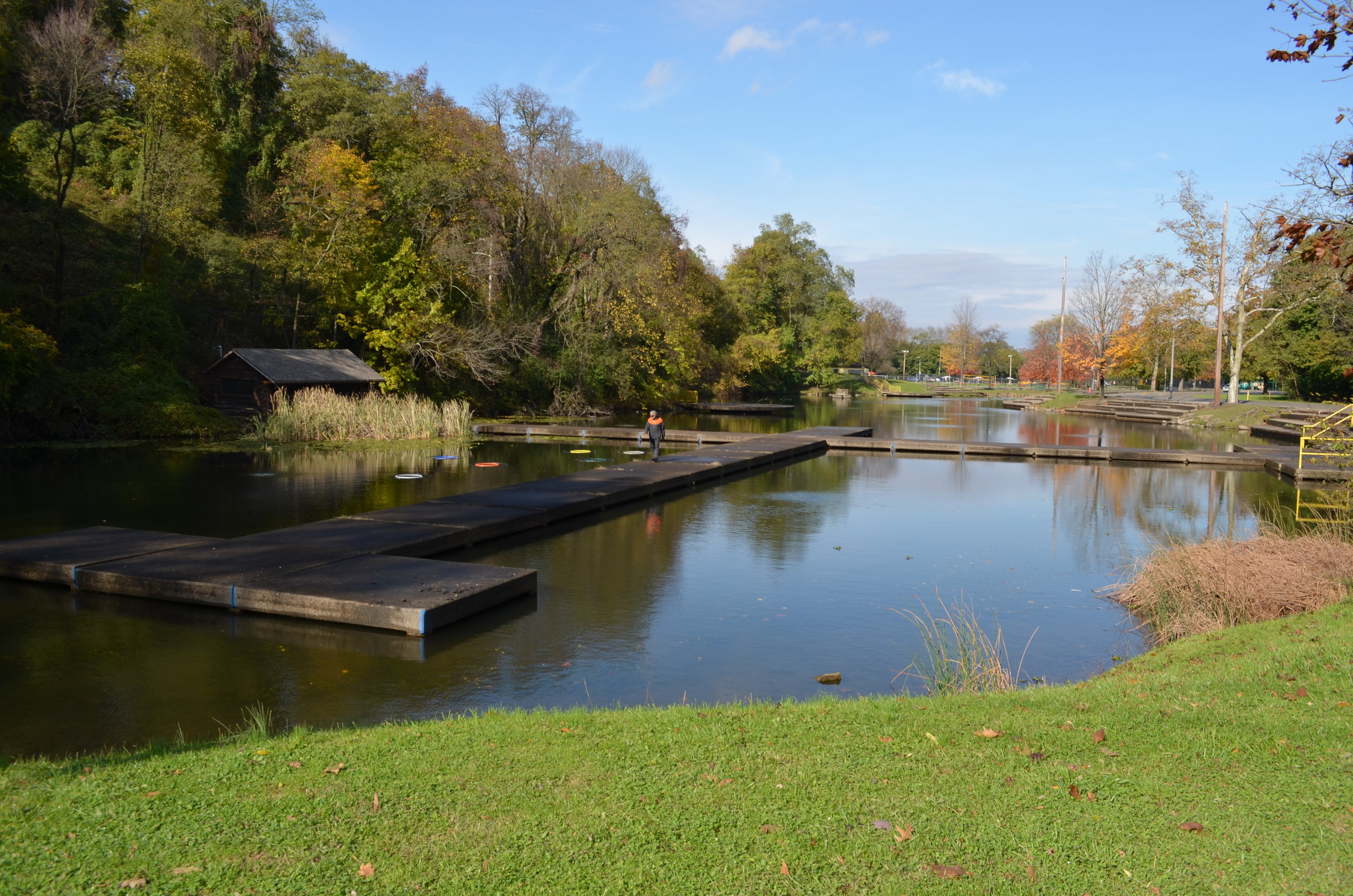Highland Park
The Highland Park Historic Site will cover approximately 365 acres adjacent to the Highland Park residential neighborhood in the East Liberty section of Pittsburgh's East End. The park dates from 1889 when the Pittsburgh City Council dedicated City property around the Highland Reservoir as a public park at the behest of Edward M. Bigelow, then Chief of the Department of Public Works.
Today, Highland Park is one of Pittsburgh's most used regional parks and houses the Pittsburgh Zoo & PPG Aquarium, which can trace its origins to the creation of the park itself. Other notable features of the park include a beautiful Victorian era entry garden complete with gardens, fountain, and reflecting pool. Highland Park also features a swimming pool, sand volleyball courts, and a water filtration plant; a modern facility that directly relates to the park's past origins.
Highland Park was originally recommended for eligibility for the National Register under Criterion A in the areas of Entertainment & Recreation and under Criterion C in the areas of Landscape Architecture. Its period of significance is 1889-1968. The nomination process for Highland Park began in 2001 with former Preservation Pittsburgh director and City Preservation Planner Michael Eversmeyer.
The Highland Park nomination was supported by a grant from the Pennsylvania Historical and Museum Commission, a state agency funded by the Commonwealth of Pennsylvania.












National Register Timeline - 2018 & 19
March 2018: Submit HRSF to State Historic Preservation Office
August 2018: Engage researcher
August 2019: Host Public Meeting
Sept. 2019: Submit to the State Historic Review Board
November 25, 2019: Highland Park Listed on the National Register!!
More info on Highland Park & its restoration, at the Pittsburgh Parks Conservancy's website.


![phmc-logo-b-cymk [Converted].png](https://images.squarespace-cdn.com/content/v1/5544da4fe4b0528c14b3a224/1586309153769-115UTNVW4759SSQCKAVO/phmc-logo-b-cymk+%5BConverted%5D.png)
